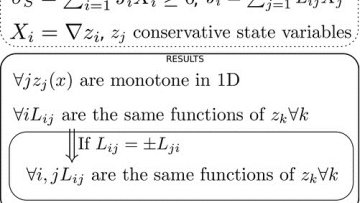Flexible computational abstractions for complex preconditioners
Abstract
Small block overlapping, and non-overlapping, Schwarz methods are theoretically highly attractive as multilevel smoothers for a wide variety of problems that are not amenable to point relaxation methods. Examples include monolithic Vanka smoothers for Stokes, overlapping vertex-patch decompositions for $H(\text{div})$ and $H(\text{curl})$ problems, along with nearly incompressible elasticity, and augmented Lagrangian schemes.
While it is possible to manually program these different schemes, their use in general purpose libraries has been held back by a lack of generic, composable interfaces. We present a new approach to the specification and development such additive Schwarz methods in PETSc that cleanly separates the topological space decomposition from the discretisation and assembly of the equations. Our preconditioner is flexible enough to support overlapping and non-overlapping additive Schwarz methods, and can be used to formulate line, and plane smoothers, Vanka iterations, amongst others. I will illustrate these new features with some examples utilising the Firedrake finite element library, in particular how the design of an approriate computational interface enables these schemes to be used as building blocks inside block preconditioners.
This is joint work with Patrick Farrell and Florian Wechsung (Oxford), and Matt Knepley (Buffalo).


